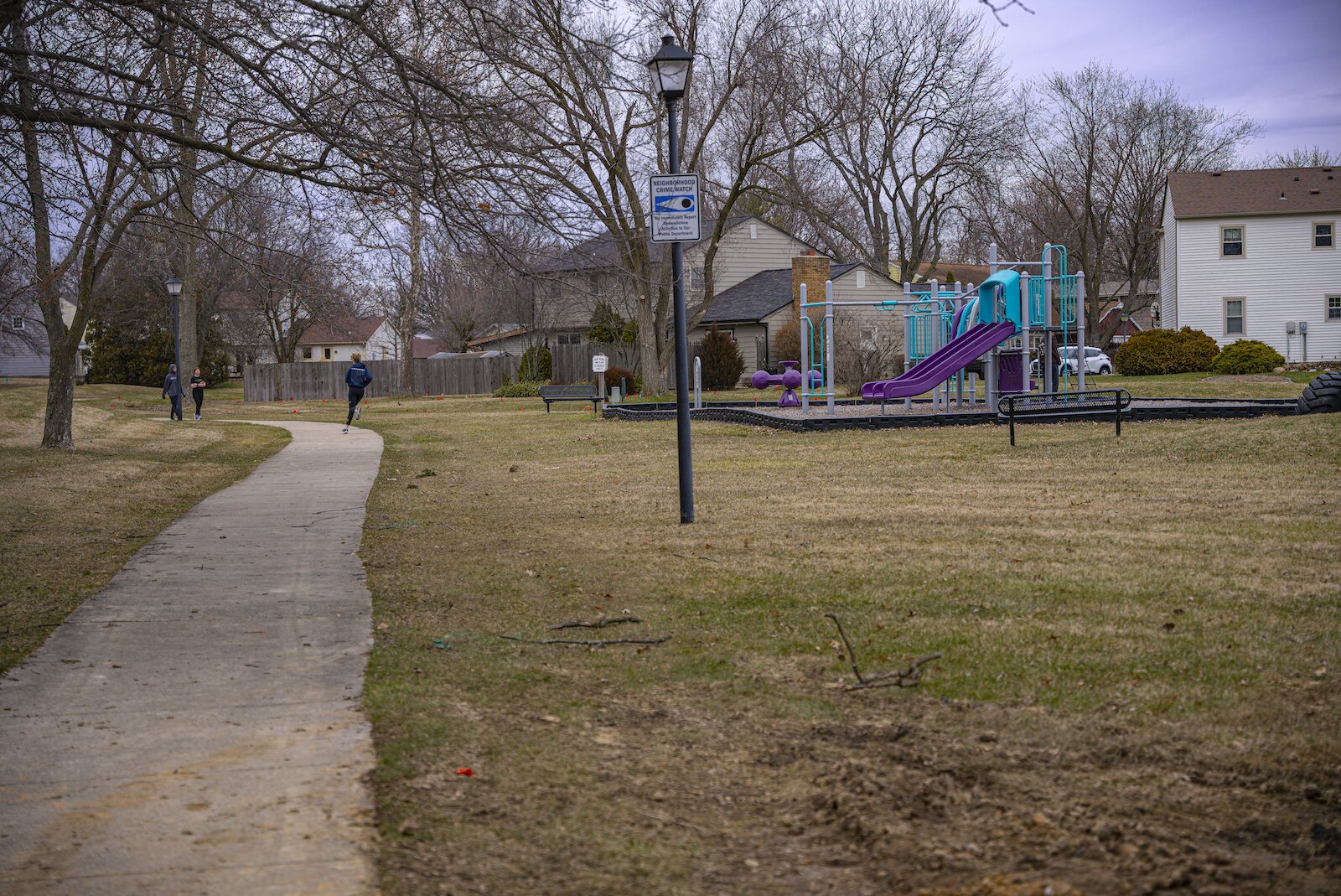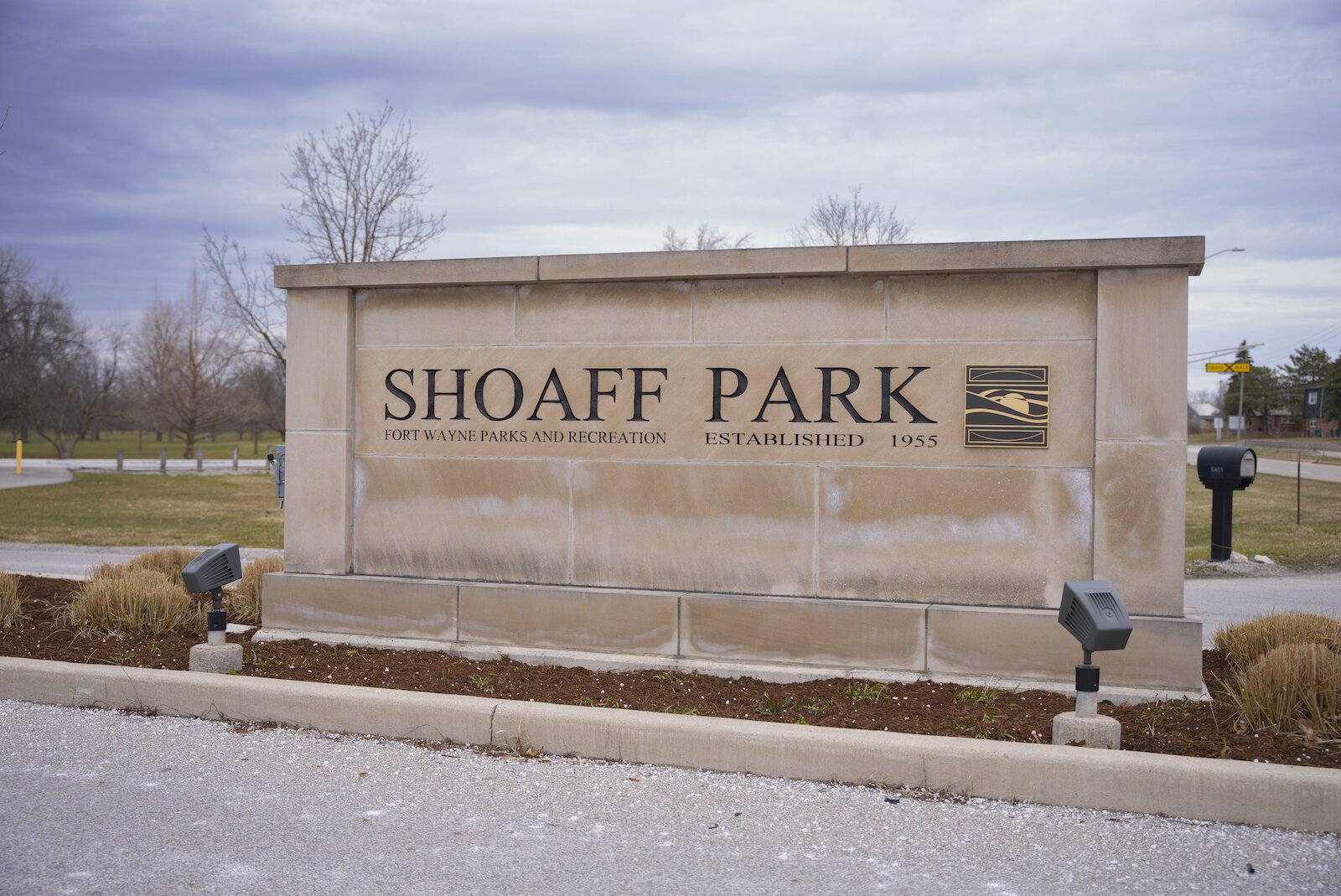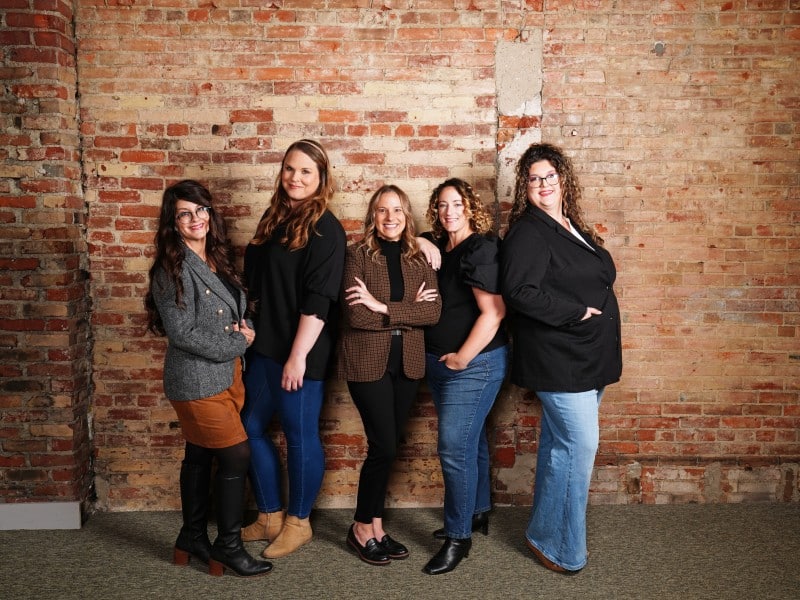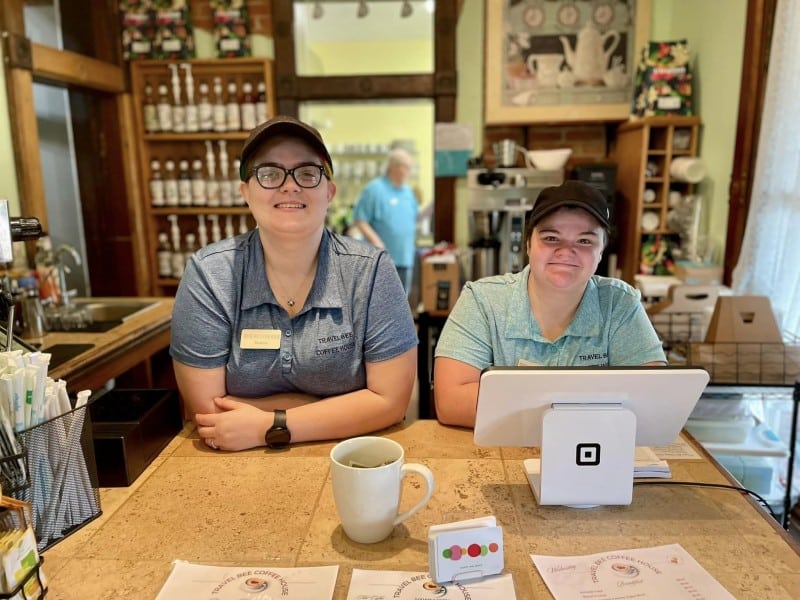Community input and support are essential to expanding the reach of park facilities
“We really love parks, and we really value them. And we know that people whose life happens around parks, and in parks, value that as well.”
The statue of David N. Foster continues to watch over Fort Wayne from the corner of Swinney Park. Known as the “Father of Fort Wayne’s Parks,” Foster once declared that there should be a park within a 10-minute walk of any resident of the city. While this may ring true in certain neighborhoods of Fort Wayne, the Parks and Recreation Department has identified several areas still in need of parks and associated facilities.
Every five years, the Parks and Recreation Department publishes a “master plan,” which helps the department remain eligible for grants from the Indiana Department of Natural Resources. The master plan provides a generalized outlook of actions that the park department will take over a five-year period, and the department plans to release its newest five-year plan in the coming weeks.
The most recent plan, published in 2018, identified six areas of the city that lack adequate park facilities, including large swaths of the Northeast, Northwest, and Aboite Planning Areas.

The department recently added a playground on Sheldon Drive in the northeastern “New Facility Zone;” however, this map from the master plan only provides a general idea of where park facilities are needed. It primarily relies on raw park acreage to identify zones, rather than a community-by-community analysis of needs.
For example, the “New Facility Area” in the Northeast Quadrant nearly borders Shoaff Park, which offers the most amenities of any park in the city system. Additionally, the map identifies relatively little area for expanded facilities in the Southeast Quadrant, but the parks in this area are typically smaller and offer fewer amenities.
Alec Johnson, Deputy Director of Park Planning and Development, says a better idea of what is needed in each planning area will be brought to light with the completion of a new “comprehensive plan.” This long-term plan will guide new facility developments based on a more detailed analysis of what each community needs, as opposed to the generalized master plan.

The department recently initiated the process of compiling a new comprehensive plan – the first since 2004 – and projects its completion in mid-2024. The comprehensive plan is a highly researched, data-based analysis of future park needs that takes public input and other data to formulate a plan that will guide the department’s limited resources effectively.
“This process is going to involve a much more in-depth look at the demographics and existing assets all across the city. And it will include – this is very important – really robust public input. In addition to knowing where you might have a deficit in parkland or amenities, it’s good to know what the people in those areas really want, because that can be drastically different.”
Johnson says through public input, the comprehensive plan will cover what types of amenities each community needs, rather than just assigning a ratio of park acres to people.
After a more accurate analysis and vision for various sectors of the city, how does the department execute these ideas when they become actionable? How does it choose one property over another?
Johnson says that, in many instances, undeveloped land becomes a park because it is unable to be used for other profitable ventures. However, new suburban developments will often outpace the ability of the department to identify, obtain and develop a new park. For example, the expansion of neighborhoods and other new construction in Northeast Fort Wayne has limited the potential for the addition of new park facilities in areas where a need was previously identified. The department had identified a property near the intersection of Mayhew Road and Clinton Street, but the elevated cost per acre and development of homes on Bluffs Corner ultimately quashed further action. Even potential acquisitions at the outer edge of the quadrant present expense issues.
“We will go out with a realtor and ask them to show us properties, both within city limits in the areas that we know we have a deficit and then even outside of the city limits on properties,” says Johnson. “We go and visit those areas, and we get all the information. Then we develop an evaluation of the feasibility of those properties for park development. We’re looking at access, and how many acres, and then a big, big part of that is the price per acre.”
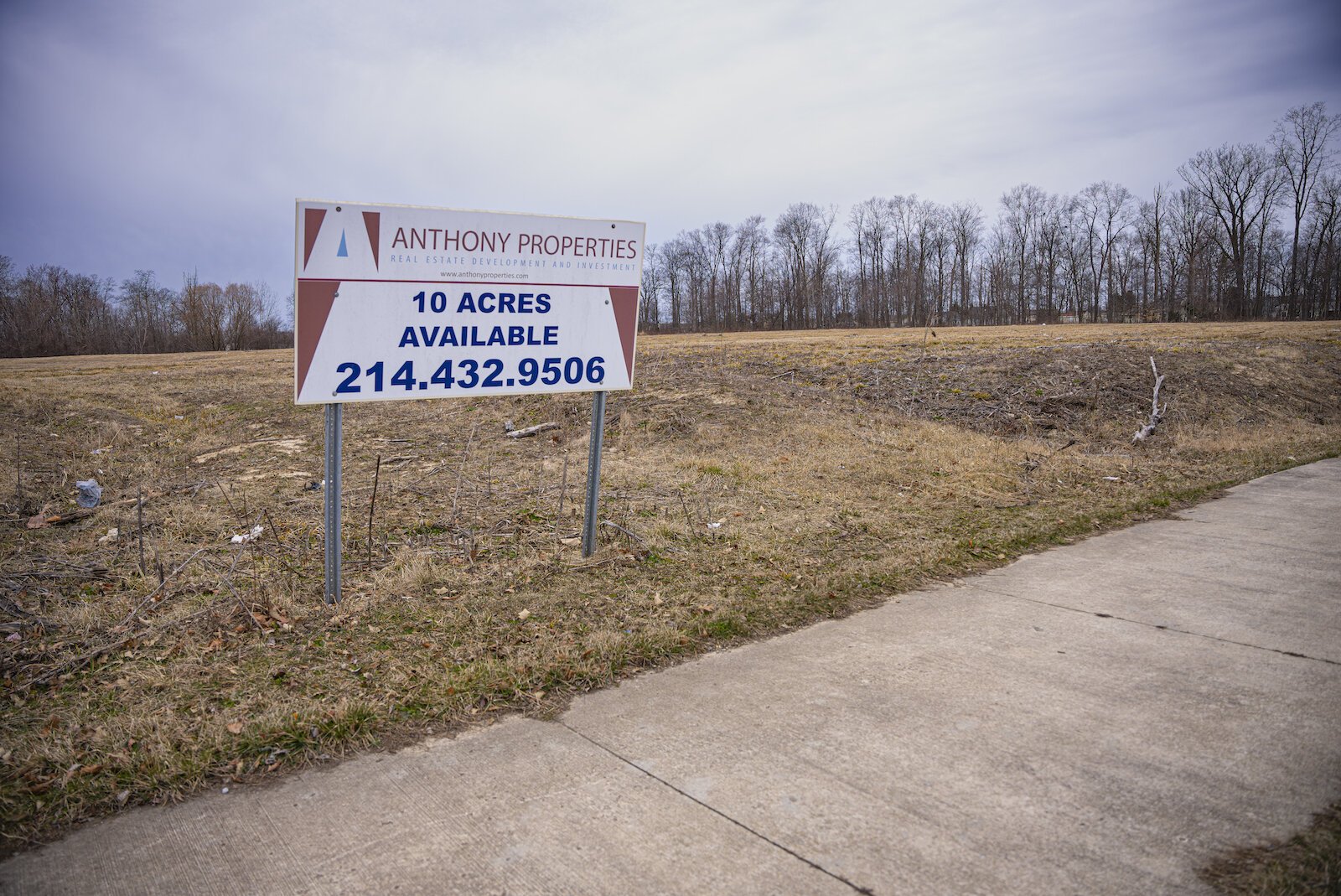
Johnson says after collecting data about available land, the department uses an “evaluation matrix” that compares the amount of land, the recreation value, and the cost per acre.
“We do a little bit of that in-house, but some of that will be done by our consultant,” he says. “I think the last time we really went through and did that was probably maybe five years ago. The majority of that land is now subdivisions, so it was very expensive.”
During his time as Park Board President a century ago, Foster made a push for civic-minded citizens to make donations of land for the benefit of their fellow residents. He recognized that as Fort Wayne grew, the acquisition of parks would become more expensive. Today, Johnson says while it does not happen very often, if a donor approaches the park department, they have a list of potential acquisitions ready to go.
“We try to have that list of properties available in case somebody comes to us with money, which happens occasionally. Someone will say, ‘We’d love to donate land to the parks for new parkland.’ And so, we’d like to have that list ready to go. We think it’s responsible to have a strategy for land acquisition, as well just within our own budget.”
***
While perhaps some parts of the city are statistically “park deserts,” more data points with regard to parks lie beneath the surface of some of Fort Wayne’s neighborhoods. Several neighborhoods include a “recreation space,” either in the form of a park or other amenities, like a community pool. While these neighborhood parks and recreation spaces exist in large numbers, this acreage does not count toward national surveys about public parks. Therefore, while it may seem as though comparable cities outpace Fort Wayne in terms of total park acreage, the inclusion of these spaces may explain that apparent deficit.
“It skews a lot of numbers,” he says. “There’s national scoring for cities for parks and sometimes those come out, and it looks like we’re really low. But when you look at the fact that you have all of these subdivisions with public space, public recreation area, then that sort of evens things out.”
The development of these neighborhood spaces in certain areas of the city, Johnson noted, resulted from an ordinance mandating recreation spaces within new developments. He added that, under this ordinance, developers have two options. They, themselves, can provide a recreational space within their neighborhood, or they can pay into a fund for the Parks and Recreation Department to develop facilities in nearby areas of need.
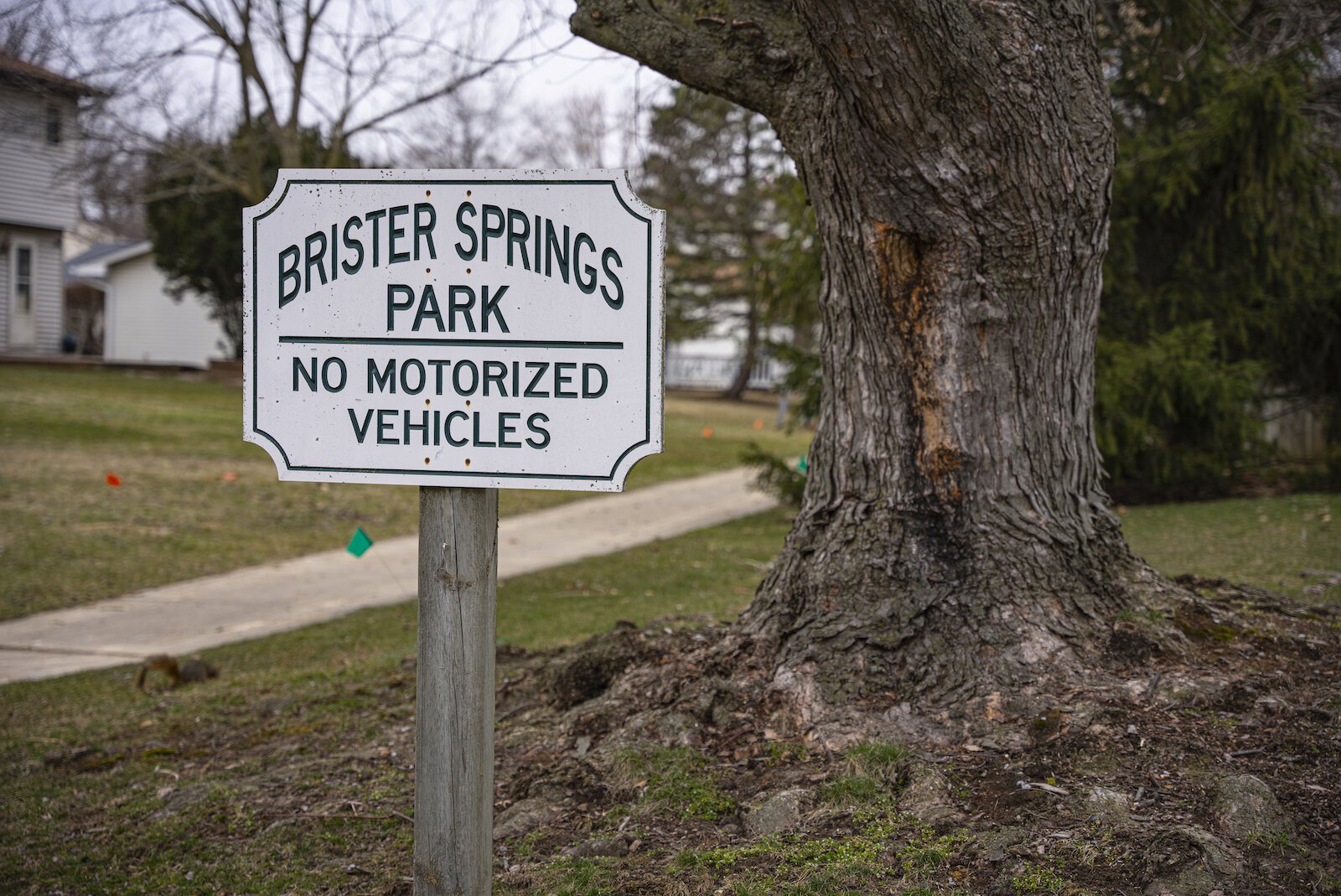
In Johnson’s 16 years reviewing subdivision plans, however, no neighborhood has opted to pay into this fund, instead building their own recreation space. His preference, of course, would be to place these funds into a trust which can be put toward serving the researched, identified needs of the community.
With a lot of statistical collection, public input, and a rapidly changing landscape in the city, Johnson summarizes these roadblocks to building new park facilities in two words: Time and money.
“It seems like everybody values parks for the most part. We don’t find a lot of people that say, ‘that park is a waste of money’ or ‘I don’t like the parks.’ As far as the parks department is concerned, if we have the budget for it, to maintain it, the more the better. We understand the benefits of parks and what they do for neighborhoods and communities and health and all of those things. We think it’s important, but the roadblocks really come down to two things, and that’s time and money.”
After identifying the biggest needs and the projected costs, Johnson says it comes down to the administration, city council, and public support for the department’s proposals. He says the best way for the community to support the creation of new parks and updates to existing facilities is twofold.
First, he says, attend your neighborhood association meetings. The president of each neighborhood association will then bring these concerns to light at the quadrant’s area partnership meetings, where residential input is directed to the proper government officials. If the neighborhood association is inactive, individual residents may attend the area partnership meetings to present their concerns.
Johnson says the other thing you can do is speak with your city council representatives about supporting new parks.
“That’s what we’ve seen to be most effective – when a neighborhood either sees a park that isn’t meeting their needs, or they see that they don’t have the parks that they would want, they go to their council member,” he says. “And when that happens enough, a council member would typically engage the parks department and say, ‘How do I help this neighborhood out?’ And that can push things forward.”
The redesign of the Foster Park Golf Course stands as a recent, prominent example of robust public input influencing updates to existing facilities. When residents heard that the plans for the golf course also meant moving the walking trail, they let officials know about their worries. The park department responded, listened to concerned community members, and launched a survey to gather more information about what trail users envision for the future of the park.
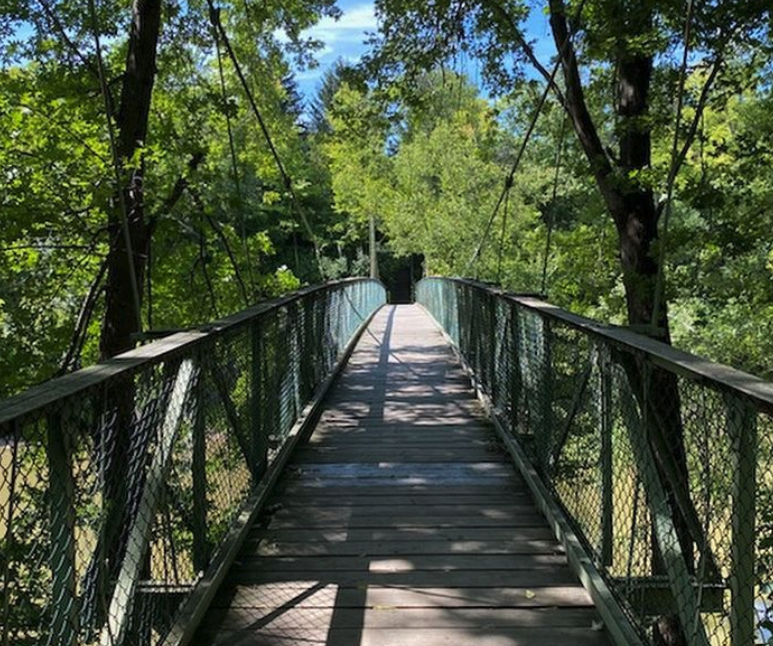
Johnson says, “If there’s a need in the neighborhood, or there’s a desire, the more that you can be vocal about that, in a nice and respectful way, that can move that up in priority for the city.”
Beyond engaging in meetings or with city officials, Johnson says community support for the park department budget to hire more employees, maintain current parks, and build new parks benefits their mission greatly.
“We really love parks, and we really value them,” he says. “And we know that people whose life happens around parks, and in parks, value that as well.”

